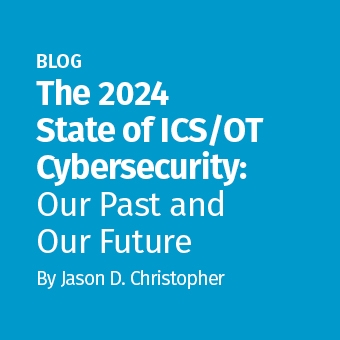The history of cyber attacks is nearly as long and as brief as the history of interconnected digital technology. The concept of self-replicating or propagating programs was envisioned in the 70s and 80s. The first PC virus, called the Brain, was created in Pakistan in 1986. The earliest computer security incidents consisted of breaking into private computers via modems; much of the activity could be described as curious exploration or criminal trespass. In 1988, a programmer unleashed a worm that disables thousands of computers on the ARPANET. The worm is named "the Morris Worm" after its creator. The Morris Worm provides the first look of what was to come. The worm unfortunately did not shape enough of the thinking of early Internet pioneers. Public networks were established using well crafted building blocks for interconnectivity and reliability vice security to deal with intelligent malfeasance.
Early home and office computers find themselves being infected by computer virus mostly transmitted through shared floppy disks. The potential for an infection by a virus would only grow as computers became networked. The earliest attacks begin to take shape using common Internet applications like e-mail to propagate malicious code from computer-to-computer. Breaking into computers continues as does breaking into webpages for the purposes of defacing them. Much of the early activity is focused on misguided fun, early hacktivism, or for notoriety.
New attack types are born, as the Internet becomes a powerful tool for communications and commerce. The early 2000s bring with Distributed Denial of Service (DDoS) attacks that knock web sites offline by flooding traffic in an attempt to overwhelm the serving infrastructure. These attacks are combined with worms as infected computers are enlisted in networks to perform DDoS attacks or are hijacked to host spamming engines or serve up unauthorized webpages. During the early 2000s we see massive propagating worms that disrupt systems and paralyze businesses. The concept of accounting for loss productivity and the cost of responding to incidents begin.
Most of the attacks during this period of time, other than directing the DDoS floods, can be considered non-targeted as they are designed to find exploitable vulnerabilities. The authors are more focused on finding the applicable technology that allows their exploit to function. These attacks shape many of the information security control families, security technology, and security practices. In essence they reinforce the concept of building and maintaining walls.
A closer examination would have revealed the precursors to today's targeted attacks. During these formative years criminals, activist, intelligence professionals, and militaries were learning and developing concepts that unlocked the power of computers and networks to support their goals. The success of breaking into computers to use their resources or harvest their data began to breed reinvestment of often ill-gotten gains. The earliest criminal hacking, or cracking, could be described as a one or two person show. This would change as more organization and structure fueled specialization. Now someone would be paid for finding vulnerabilities and developing proof of concept exploits, others would develop working exploit tools, marketers would link them up with operators. The mid-2000s brought structure and expertise into various aspects of developing and conducting cyber attacks.
This specialization has given rise to the hacking enterprise, where organizations acquire engineering skills, planning and targeting functions, intelligence support, and cyber operations. The various types of expertise desired maybe developed or purchased. Today's hacking enterprises include nation-state intelligence programs, militaries, organized crime, activists, and mercenaries that go between various groups. The rise of targeted attacks have resulted in billons of dollars being stolen, billions of accounts being compromised, untold intelligence treasures troves, power outages and physical damage to equipment in highly secure facilities.
We must now define the cyber risk we face based on what we have observed in the past. The trends, capabilities, and demonstrations if analyzed properly provide a future picture of surprises and more significant events. As cyber risk decision makers it is important to have a healthy outlook as to where our true defense capabilities are today. There is a mountain of evidence to include large volumes of infections by worms that are over eight years old like Conficker that we still struggle with basic architecture and hygiene.
The defense capability picture worsens a bit when we look hard at industrial environments as some of the security infrastructure that exists in the enterprise is not present, there are few defenders with the necessary skills and experience, and the technology present is less hardened. We at SANS have been publishing a number of white papers and resources that help illuminate newer models like The ICS Cyber Kill Chain and the Sliding Scale of Cyber Security to help inform efforts to mature cyber defense programs. As you can see the attacker mainly writes my abbreviated history, it is time the defense community contributes to the history of cyber risk. Let's join together and author a brighter future so that we may collectively harness more benefit than risk from the next wave of automation and digitization.
Michael Assante is currently the SANS lead for Industrial Control System (ICS) and Supervisory Control and Data Acquisition (SCADA) security and co-founder of NexDefense an Atlanta-based ICS security company. He has also served as CSO of NERC, several high-level positions at Idaho National Labs, and CSO of American Electric Power.


.jpg)
